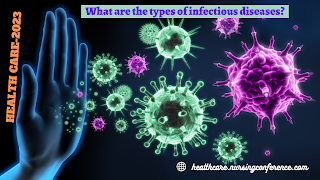How is the integrity of the genome preserved?

Defects in specific systems that regulate cell division are the root cause of genomic instability. It happens in a variety of cancer kinds. These flaws could be typos that don't get fixed when DNA is duplicated in a cell or mutations in specific genes involved in repairing damaged DNA. Cells respond to DNA damage by using a specific DNA repair mechanism that can be broadly divided into five categories: BER, NER, MMR, NHEJ, and HR. These pathways help cells retain genomic integrity. DNA glycosylases start BER by removing the damaged base to create an apurinic/apyrimidinic (AP) site. For an organism to survive and for qualities to be passed down to children, genomic integrity must be maintained. Genomic instability is brought on by DNA deterioration, abnormal DNA replication, or ad hoc cell division, all of which can result in chromosomal abnormalities and gene mutations. By analyzing the signal distribution across the size range and applying an automatically derived value,...

